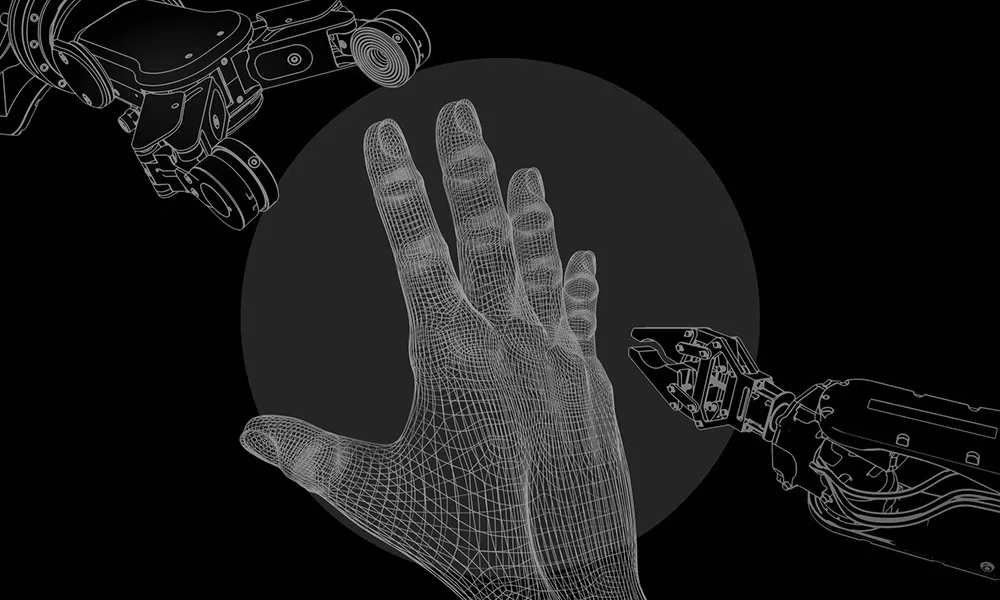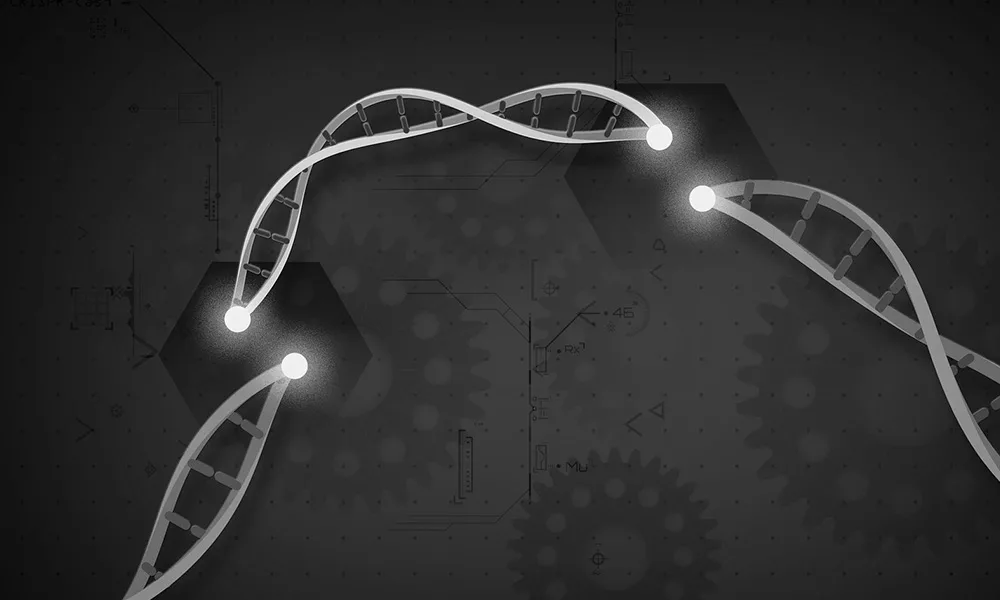Beyond the Human: Transhumanism

Are you ready to unlock the full potential of your capabilities? Transhumanism, a concept that has been both feared and revered by society, is once again at the forefront of technological and philosophical advancements. At its core, transhumanism aims to enhance humans beyond their biological limitations, whether through genetic engineering, artificial intelligence, or other technological means, to achieve a utopian existence of a better quality of life. With the rapid progress of modern science and medicine, the movement toward a transhumanist future has never been closer. So buckle up and let’s journey into the future of humanity.

What is Transhumanism?
Transhumanism is a movement shattering traditional notions of what it means to be human by seeking to transcend our biological limits with technology. At its core lies a philosophy that technology should be harnessed to enhance our physical and intellectual abilities to reach a superior evolution of man.
The Mechanics and Mindsets Propelling Transhumanity
Transhumanism has two essential bases, technological and philosophical. The technological base encompasses the development of genetics, artificial intelligence, Nano-technology, and other emerging technologies. With the rapid progress in these fields, we’re now closer than ever to achieving the transhumanist dream.
The philosophical base also plays a crucial role, based on the post-humanist and futurist schools of thought, making it possible to idealize a future in which human beings are augmented and transformed by technology. These schools of thought have laid the groundwork for the development of transhumanism, with the belief that technology can help humans achieve a superior existence, both physically and mentally.
The philosophical basis of transhumanism asserts that human evolution has reached a turning point. We’ve attained the power to modify our own biology through technological means, thereby enhancing our capabilities beyond what nature has given us. It is our duty to use this power to improve our species’ collective well-being.
Transhumanism’s history can be traced back to the early 20th century. The Russian philosopher Nikolai Fyodorov envisioned humanity’s resurrection through the application of science and technology. Later, in the 1960s, the human potential movement emerged, promoting self-actualization. This movement was followed by the cyborg movement in the 1990s, which emphasized the fusion of humans and machines. These ideas laid the foundation for transhumanism’s technological and philosophical bases.


FutureDocs and Body Mods: The Medical and Tech Realities of Transhumanism Today
Well, the current medical and technological situation is bringing us closer than ever before to realizing this dream. The movement is all about using technology to enhance human physical and intellectual abilities to their fullest potential. From gene editing to Artificial Intelligence (AI) to prostheses, transhumanism is advancing at a breakneck pace, with scientists and researchers all over the world working towards this goal.
Gene editing is perhaps one of the most talked-about aspects of transhumanism. The technology has the potential to cure both inherited and acquired genetic disorders at the embryonic stage. In China, Scientists have used CRISPR to edit the genes of human embryos to eliminate the gene responsible for β-thalassemia, an inherited blood disease. The application of gene editing is not limited to curing diseases but has the potential to improve our cognitive abilities and physical strength and endurance. For example, the use of gene doping, a process of using gene therapy to enhance athletic performance, has been a hot topic of debate in the world of professional sports.
AI is another fundamental building block of transhumanism. AI has made great strides in areas such as personalized medicine, drug development, and disease diagnosis. It has the potential to revolutionize the way we treat and diagnose diseases, allowing for more precise treatment plans and diagnoses. AI is also being used to develop more advanced prostheses that can understand and act similarly to reality.
Nanotechnology is also advancing at a rapid pace, opening up possibilities such as better prostheses, memory implants, and even the possibility of improved human longevity. Researchers in California, USA, have used nanobots to target and deliver drugs to cancer cells in mice. The implications of nanotechnology for our health and well-being are enormous.
Playing God: Questions of Hubris in Rewriting Human Nature
While transhumanism promises to enhance human capabilities beyond our current biological limitations, it also raises significant ethical and religious concerns. As we strive for a utopian existence, we must consider the potential impacts of our actions.
Slippery Slopes: Ethical and Religious Concerns
One major concern is the potential for a two-tier society of enhanced and unenhanced individuals. Transhumanism could create an even bigger divide between those who can afford enhancements and those who cannot. This could lead to unequal opportunities and increased social inequality. Additionally, there are concerns about the impact of transhumanism on autonomy, freedom, and privacy. With the potential for the manipulation of our genetic code, AI-aided decision-making, and even brain implants, we must ensure that individuals maintain control over their bodies and lives.
Another significant concern is the impact of transhumanism on our religious beliefs and practices. Many religious groups see the human body as a sacred creation, and any tampering with it could be viewed as a violation of that sacredness. The possibility of immortality and the transcendence of death through technology could also conflict with religious understandings of the afterlife and spiritual beliefs.
Numerous examples of these concerns can be seen around the world. In some countries, the debate over gene editing for human enhancement has prompted ethical and legal discussions. In the US, several religious groups have raised concerns over the use of AI and brain implants, worrying about the lack of control and intrusion on individual privacy.
Future of Humanity or False Prophecy
Are we chasing a false prophecy with transhumanism? Are the promises of enhanced human capabilities through technology nothing but science fiction? Or is there real potential for a transhumanist future where we transcend our biological limits?
As with any emerging movement, the validity of transhumanism is hotly debated. Critics argue that transhumanism is a false prophecy, peddling unrealistic hopes and potentially dangerous outcomes. Others believe that the enhanced capabilities and possibilities offered by transhumanism are not only possible but necessary for the survival and evolution of our species.
In conclusion, the validity of transhumanism is still up for debate, with both supporters and skeptics on either side. However, one thing is certain: the movement has opened up a new realm of possibilities and has the potential to change the way we live and work, for better or for worse. It’s up to us to navigate the path towards a transhumanist future responsibly, ensuring that ethical and social concerns are taken into account and that we work towards a future that benefits all of humanity.

Longing For Better Music?
No one belongs here more than you do.
Literal is an independent groove radio where you feel you truly belong.
You can listen online for funky tunes. Tune in!
Can’t get enough? Us neither! Follow our Spotify playlist.
Also, you can follow us on Instagram








